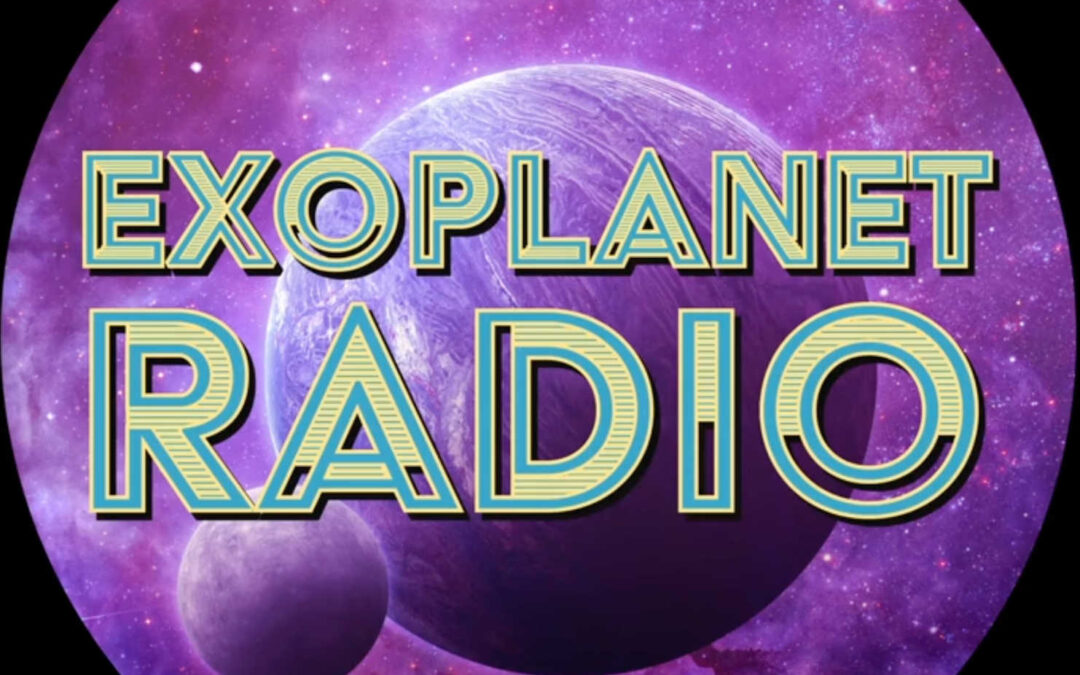A Mars-sized planet was found just 31 light-years away, orbiting its star every eight hours and having 55 percent the mass of the Earth, leading scientists to conclude it’s mostly made of an iron-nickel core.


A Mars-sized planet was found just 31 light-years away, orbiting its star every eight hours and having 55 percent the mass of the Earth, leading scientists to conclude it’s mostly made of an iron-nickel core.

The planet is HD 209458 b, and nicknamed “Osiris” as it is a very hot and hostile world. Lets explore what we know about the planet

Lets take a closer look at the search for a possible planet in our outer solar system & also aurorae here, Jupiter, & Neptune

Taking a look at the last 40 years we went from knowing of the handful of planets in solar system to knowing of around 5,000 planets littering the galaxy.

Recently, a team of astronomers found a new exoplanet, called 2M1510 (AB) b, that really surprised them. This new exoplanet is special — its orbit looks more like a Ferris wheel!

The search for life ia about finding out if a planet located in habitable zone and more other information to learn if life may be there.

Deep in the cosmos, NASA’s TESS has discovered four new worlds orbiting a pair of young stars that provides a glimpse of planetary evolution.

It’s in the news and people are claiming aliens… but is it aliens? Let’s see what the data actually says.

TRAPPIST-1e is a rocky, close-to-Earth-sized exoplanet orbiting within the habitable zone around the ultra-cool dwarf star.
